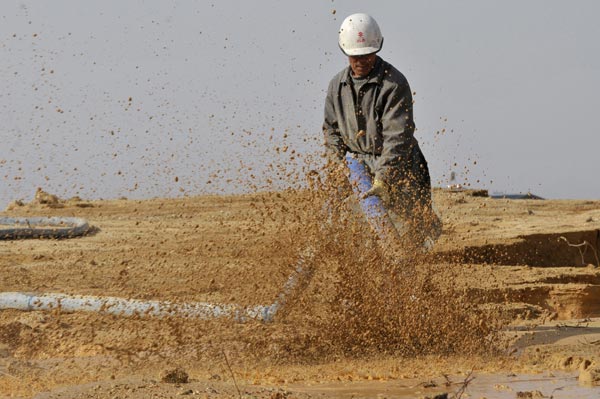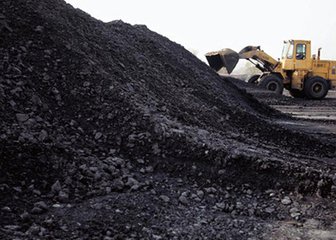China to ban primary mercury mining by 2032 as convention comes into force
Source: www.chinamining.org Citation: Reuters Date: Aug.17, 2017
China will ban the production and trade of a range of products containing mercury by 2020, including thermometers and blood pressure monitors, and ban primary mercury mining by 2032, as a global pact to cut pollution from the metal comes into effect.
China - the world`s biggest miner and consumer of mercury - signed the Minamata Convention on Mercury in 2013. It was approved by the cabinet last year and takes effect on Wednesday.
Mercury is highly toxic and poses severe public health risks when it contaminates food and groundwater.
"China is a developing country and is a big mercury producer and consumer, and the task of implementing the treaty is very arduous," said Zhao Yingmin, vice minister at the Ministry of Environmental Protection (MEP), in a statement.
The convention commits signatory countries to phasing out old mines and banning new exploration projects, as well as reducing the use of mercury in gold mining. Countries must also ban the production, import and export of batteries, fluorescent lamps, cosmetics and pesticides that contain mercury by 2020.
However, the treaty makes exceptions for military applications as well as products where "no feasible mercury-free alternative for replacement is available".
China produced 4,000 tonnes of mercury in 2016, accounting for 88.9 percent of the world`s total supply that year, data from the U.S. Geological Survey shows.
"Looking to the future, the environment ministry will continue to work with other departments to promote the use of mercury-free and low-mercury technologies," said Zhao in the MEP statement posted on its website.
China vowed in its recent 2016-2020 five-year plan to control mercury emissions from coal-fuelled power plants, industrial boilers, non-ferrous metal metallurgy and cement production.
The country also aims to stop the launch of new primary mercury mining and calcium-made polyvinyl chloride (PVC) production projects by 2020.
PVC, measuring instrument manufacturing and battery production are the top mercury consuming sectors in China, which consumes more than 1,440 tonnes of mercury every year, according to the China Association of Environmental Protection Industries
About CHINA MINING
Since first held in 1999, the scope and influence of CHINA MINING has grown rapidly year by year. As a global mining summit forum and exhibition, CHINA MINING Congress and Expo has become one of the world’s top mining events, and one of the world’s largest mining exploration, development and trading platforms, covering all aspects of the whole mining industry chain, including geological survey, exploration and development, mining rights trading, mining investment and financing, smelting and processing, mining techniques and equipment, mining services, etc. playing an active promotion role in creating exchange opportunities and enhancing mutual cooperation between domestic and foreign mining enterprises.
CHINA MINING Congress and Expo 2017 will be held at Meijiang Convention and Exhibition Center in Tianjin in September 23-25, 2017. We invite you to join the event and to celebrate the 19th anniversary of CHINA MINING with us. For more information about CHINA MINING 2017, please visit: m.balanzskin.com.





